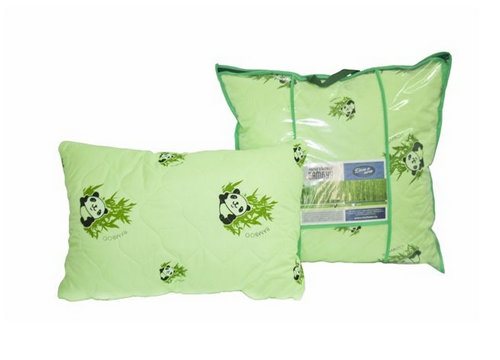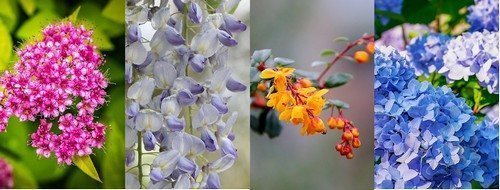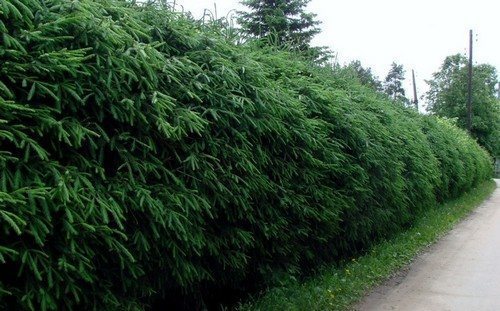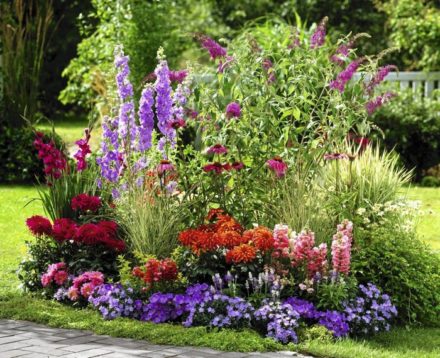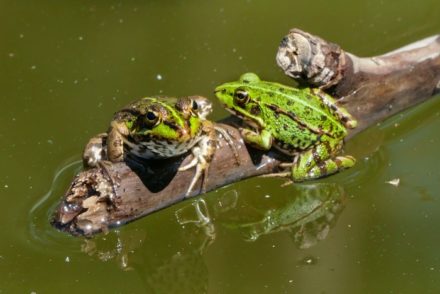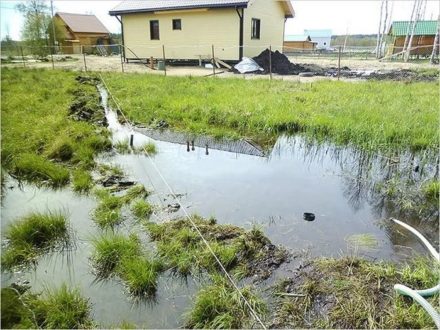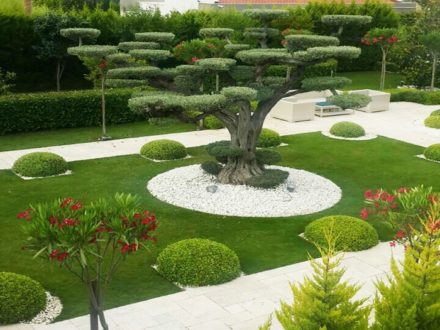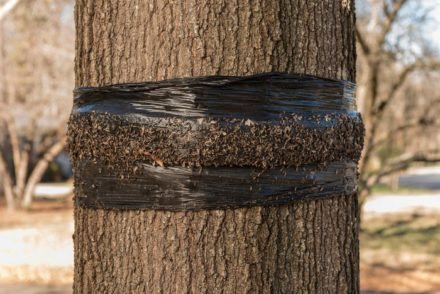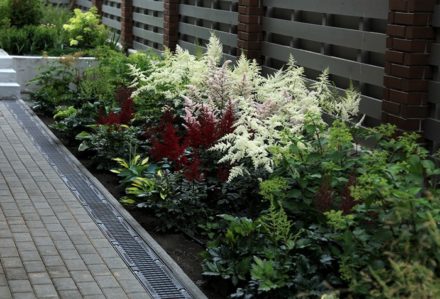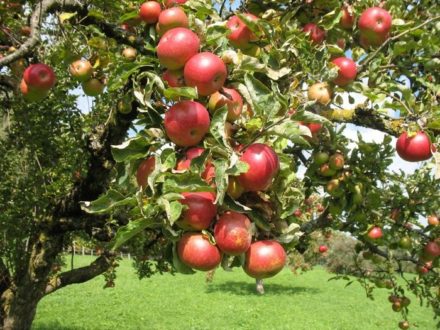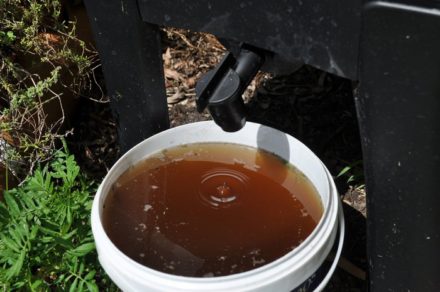Bamboo is an exotic evergreen plant found in the tropics. The majority of representatives of this species survive only in warm countries. However, the bamboo subfamily includes about 100 plants that can withstand winter frosts down to -20 °C. Some of the varieties are able to survive in more severe conditions.
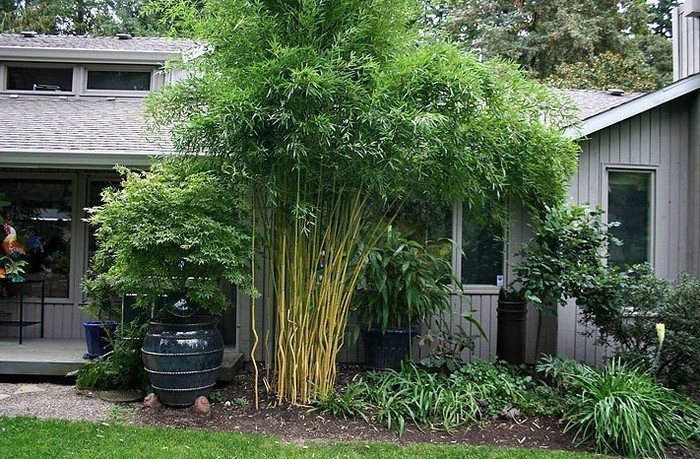
Choosing a bamboo variety for the Moscow region
Growing bamboo in central Russia is not a problem; the main thing is to choose the right variety for open ground. Frost-resistant bamboo has long been grown in gardens in European countries. For Russian summer residents, this plant is still an exotic curiosity. The culture is characterized by accelerated growth and high decorative qualities.
Varieties suitable for temperate climates:
- Pleioblastus varigatus;
- Sasa veitchii;
- Shibataea kumasaca;
- Fargesia rufa;
- Indocalamus tesselatus.
Summer residents who have already grown a bamboo garden on their property claim that the first wintering is indicative for the plant. If the bamboo does not freeze, it means that in the future it will easily tolerate frosts.
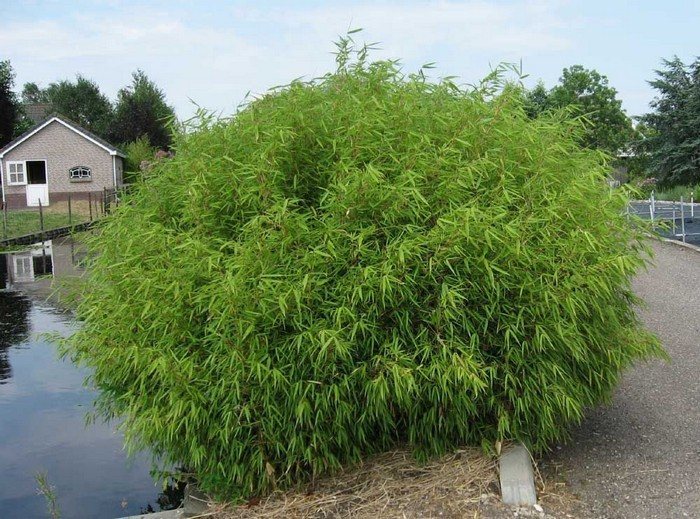
The crop can be planted either by seeds or seedlings. The second method will allow you to quickly get green thickets in your garden. Seedlings come to Russia mainly from Holland, where they are grown in nurseries. Plants are sold in containers. According to the type of growth, representatives of the bamboo subfamily are divided into 2 types - bushy bamboo and running bamboo (spreading variety).You can plant seedlings in open ground from March to September. The best time is the second half of spring and early summer.
Using bamboo in landscape design
Some types of bamboo, such as Fargesia rufa, look like a fountain. Their long stems gracefully arch, and the shoots in the upper part are heavily branched. The plant will decorate the shore of the reservoir with its presence. The glossy light green leaves of Fargesia rufa will hang down to the water, creating a picturesque landscape.
The culture can be used to create a hedge 3–4 m high. Bamboo is often planted around the perimeter of the garden to protect it from noise, wind and dust. Many plant varieties are suitable for container planting. The appearance of the bush directly depends on the growing conditions.
A plant planted in a shady area stretches upward. When planted in a sunny place, bamboo bushes and grows more squat. Low-growing Shibataea kumasaca is used to create borders and hedges up to 1.5 m high, dividing the area into zones. This variety grows well in the shade.
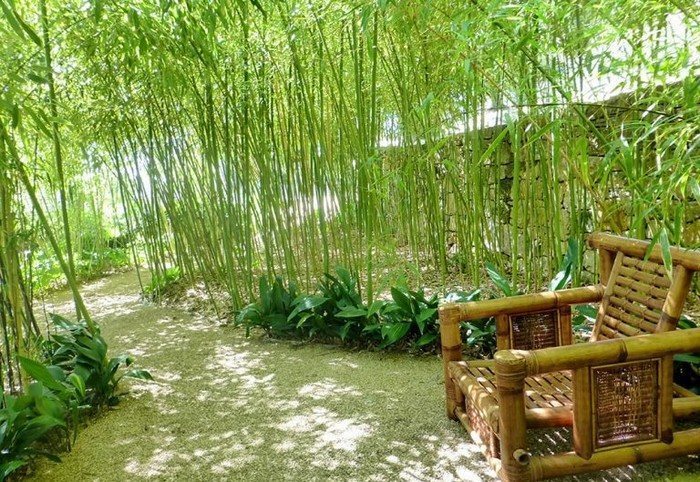
Landing Features
After transportation, you need to remove the seedling from the box and soak the earthen ball directly in the pot for several hours. The water container should be located in a shaded area. After the roots have absorbed the required amount of moisture, remove the bamboo from the pot and begin planting:
- The dimensions of the planting pit should be 2 times larger than the earthen ball in depth and width.
- The hole should be filled with a fertile mixture consisting of garden soil and humus or humus.
- Part of the soil mixture is poured onto the bottom of the hole and compacted, after which a seedling is placed in the center and sprinkled with the remaining soil.
- During planting, the soil is slightly compacted, trying not to damage the roots and not to leave air pockets.
- The top layer of soil 3-5 cm thick should remain loose.
After planting, the seedling is watered abundantly to ensure a tighter fit of the soil to the roots. The first days, the plant needs daily watering. To slow down the evaporation of moisture, you can mulch the trunk circle with sawdust, bark of coniferous trees, high-moor peat, mown grass.
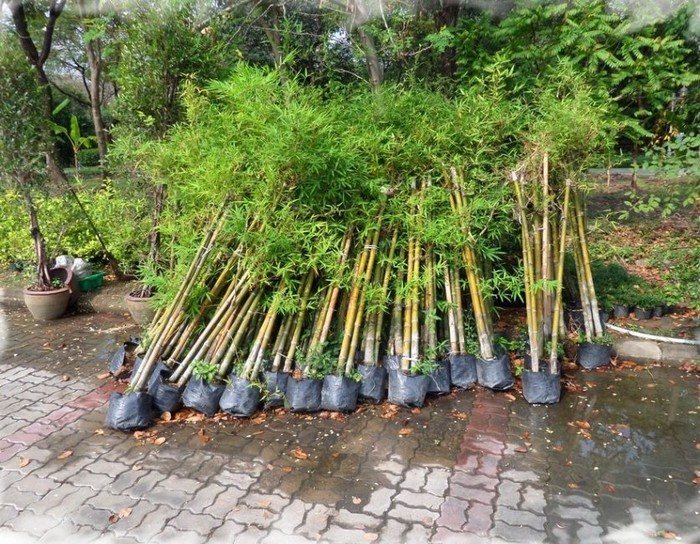
Further care
In the future, bamboo requires abundant and regular watering. Even short-term drying of the soil should not be allowed. To limit the spread of running bamboo varieties across the site, a limiter is dug in around the plant. Sheets of slate, plastic, iron can be used for fencing. The limiter is deepened by 1-1.5 m. The leaf should protrude 10-15 cm above the soil surface. A special barrier film is used for the same purpose.
Bamboo is fertilized twice a year - in spring and autumn. In spring, a complex fertilizer with a predominance of nitrogen is used. In autumn, a fertilizer with a high content of phosphorus and potassium is used. You can also fertilize the plantings with organic matter. Organic matter is added monthly in small quantities (until September).
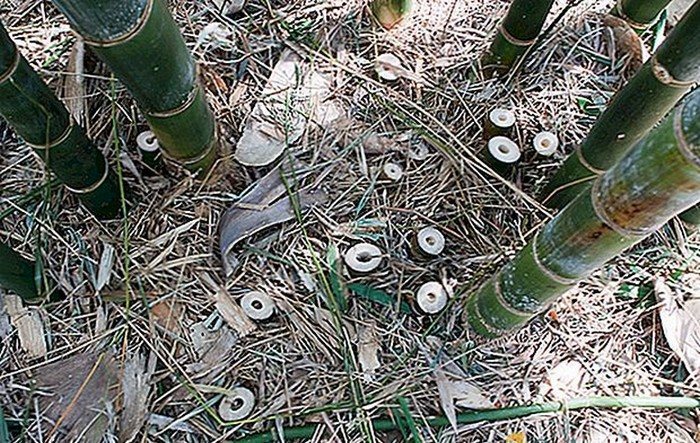
In early spring, sanitary pruning is carried out annually, removing trunks that have lost their decorative effect, while thinning out the thickets. You can get new specimens of the plant by dividing the bush into parts or using seeds for planting. However, you will have to buy seed material, because the plant blooms once every few decades.
Before the arrival of winter, the ground under the bamboo is mulched with fallen leaves or pine bark. The thickness of the mulch layer should be at least 10 cm. Bamboo that overwinters for the first year can be bent to the ground, secured and covered with spruce branches on top.
This plant, unusual for middle latitudes, will decorate the area even in winter, because some of the leaves remain on the bamboo even in the cold season. And in the summer, lush thickets will create the atmosphere of a tropical forest. Guests visiting the dacha will feel as if a fluffy, charming panda is about to flash among the foliage. Bamboo would be especially appropriate in an eastern garden.


